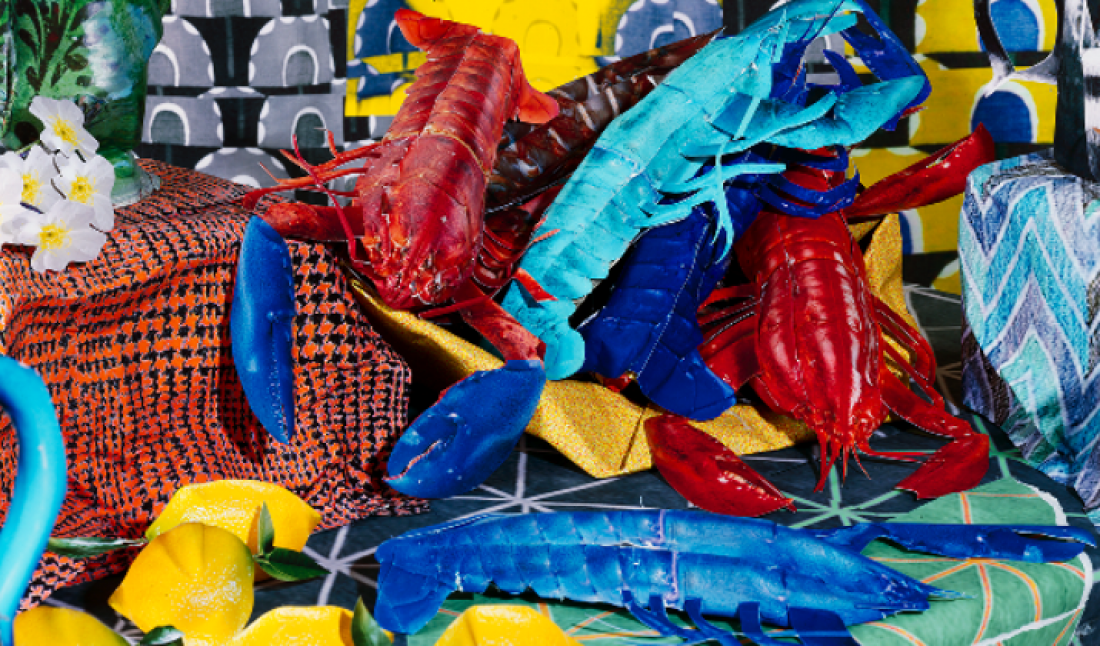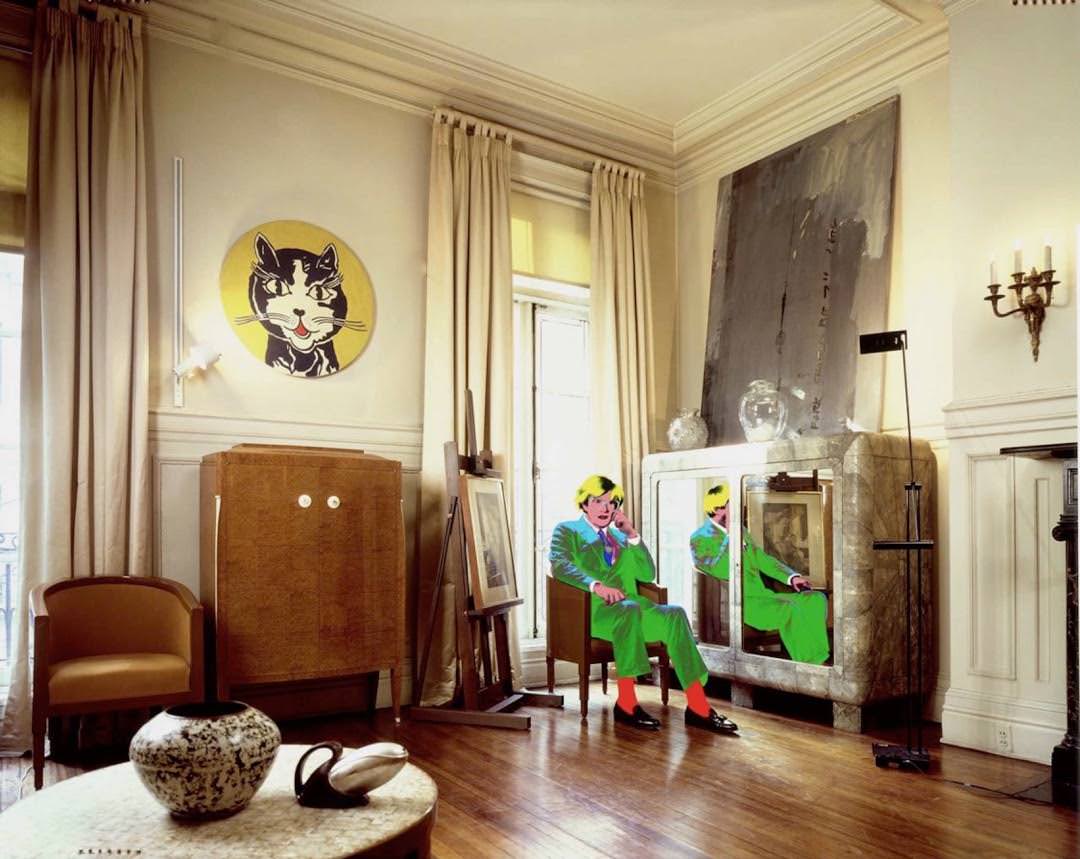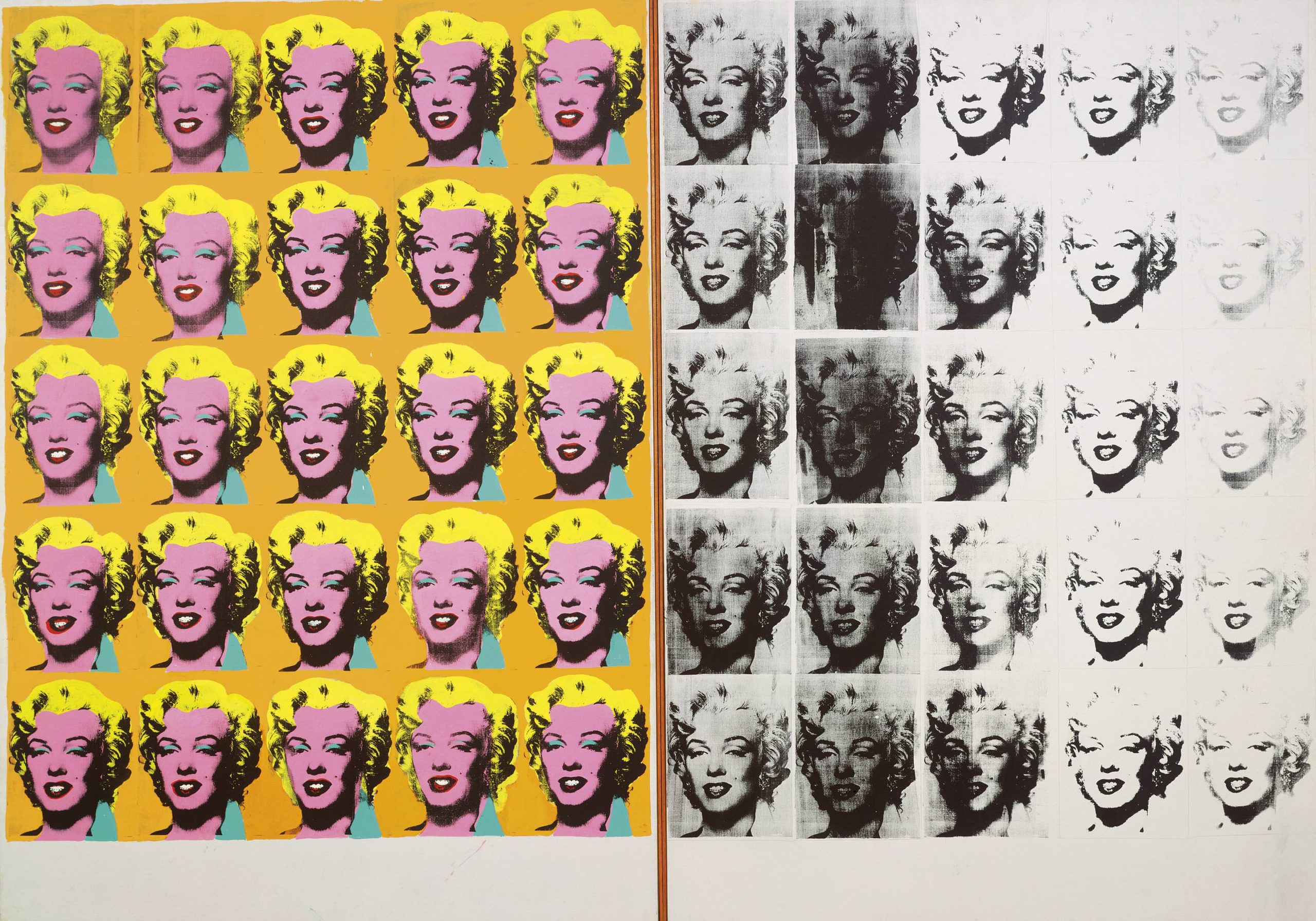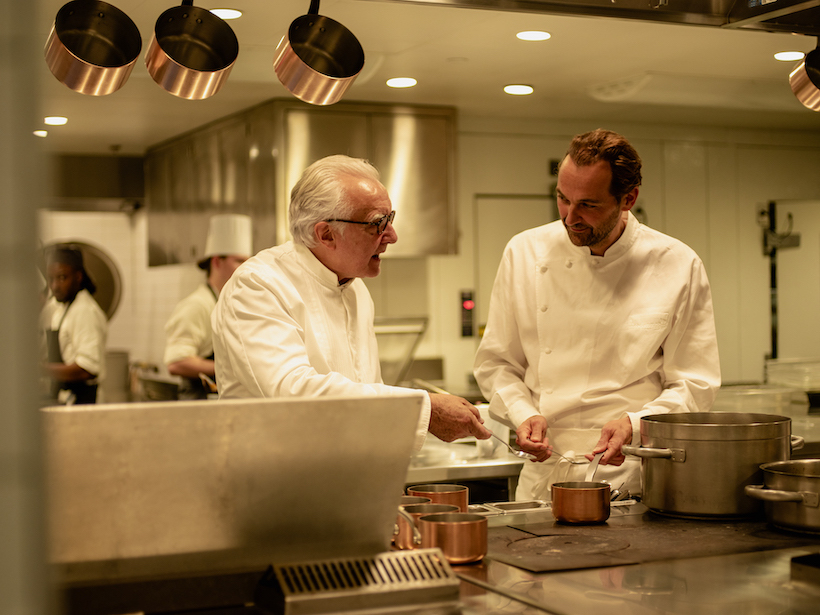Mr. Chow has become synonymous with fine Chinese dining, with restaurants all over the U.S. and London. What many don’t know about the restaurateur is that he’s a painter, and long has been. Jérôme Sans spoke Mr. Chow for Whitewall‘s winter 2015 Luxury Issue, currently on newsstands. Here’s a look at the conversation.
*****************
 Courtesy of MoMA
Courtesy of MoMA
MR CHOW: “RECIPE FOR A PAINTER”
By Jérôme Sans
The restaurant owner and operator Michael Chow, a.k.a. Mr. Chow, has had a fantastic life story. He’s famous for his world-renowned destination restaurants in London, New York, Los Angeles, and Miami, hotspots where celebrities and artists have been hanging out since the seventies. And now Mr. Chow is returning to China not with a new restaurant, but as an artist and under his Chinese name, Zhou Yinghua, with his first-ever solo exhibition, at Hong Kong’s Pearl Lam Gallery.
 2013
2013Jérôme Sans: You are best known for your career in Chinese fine dining restaurants in Miami, Los Angeles, London, and New York. How would you define the Mr. Chow restaurant?
MR. CHOW: It is, first, culture, meaning it’s not just the food; it’s the spirit, this emotional motivation, desire, and need to show how great China is, how great the Chinese cuisine is. It’s theater, it’s architecture, it’s environment, it’s installation. Every detail is a universe: how the maitre d’ should work, how it should be performed, how the waiters should work. Every night is a performance, integrating the whole culture between the Chinese cuisine, the Chinese chefs in the kitchen, and the front staff. And this integration is all integrated into a basic concept of “Do not bore the audience.” Every night we are looking for magic.
JS: Before opening your first restaurant in London, you studied architecture and painting. Why and how did you change this orientation to food?
MC: Well, basically, I’m a painter. I painted for 10 years, from 1957 when I was a late teen to 1966. And I had modest success. During that period I also went to architecture school and art school. The thing is, there was no support system for a Chinese painter at that time. There was some minor support system in Paris. Paris is the only city that produced Zao Wou-ki, produced Sugaï,and other Japanese artists. Don’t forget that Jean-Michel Basquiat many years later became the first African-American artist to become well known. It’s almost hard to imagine that [before him] there is no black artist.
And then I had the desire to make China great and basically to make my father to be recognized. My father is a legend in China, a national treasure in China, even today. In 2015 they’re going to, from Beijing to Shanghai, celebrate his 120th birthday. I was shocked when I arrived in England, and that basically motivated me all my life trying to establish China [to the West]. And in a small way I have succeeded. Mr. Chow has become part of the top international restaurants, with Nobu, Jean-Georges, Alain Ducasse, Cipriani.
JS: How was your painting at the time in the fifties and the sixties?
MC: I was influenced by everybody, but mainly influenced by Fontana andBurri at that time. I have come back to painting, 18 months ago. I’m having a show at Pearl Lam Gallery in Hong Kong. I had to take a radical sabbatical for 50 years, and now I have discovered a breakthrough, a lightning strike breakthrough of using precious metal that is half sculpture, half painting. And I’ve been like a man possessed, painting like crazy in the last 18 months. This is what I wanted to do all my life and I couldn’t, and now I’m glad I’m doing it. I’m a late developer, as they say.
JS: But you seem to mix in your painting some kind of high and low material.
MC: I practiced that all my life, the high-low culture—in the restaurant, too. If you charge a lot of money, it’s high culture and if it’s really noisy and packed with the people like a bistro, that’s low culture. And the trick is to mix the high and the low together.
JS: Do you think it’s an image of the current world?
MC: Of course. It’s very much an eclectic world. With the technology and the speed of today, our hearts beat much faster. The communication is instant. You are in Paris, I’m here, there is a nine-hour difference, and we are talking, and we are beginning to speak the same language. We don’t have nations so much anymore; we very much have types of people. We don’t have to have national boundaries; we have human boundaries between people. It’s a very exciting time. I know there are a lot of negativities, all the climate change, starvation, and horrible things are happening. But at the same time there’s a positive side to that.
JS: Do you think at an age of digital age that painting would be the best way to express yourself?
MC: I think now the human touch is back again. Painting, the human touch, is back. We go through thesecycles. And paint itself—paint has by no means died. Man has been painting since cave days. Paint will be there forever, throughout history.
JS: To which contemporary artists do you feel close?
MC: Related to my work, I would say Julian Schnabel is definitely one of them. Then Cy Twombly, Francis Bacon, Pollock, of course all the Expressionists. All these are great artists.
JS: You feel close to Julian Schnabel and you may have something in common, because he first—in his mythology—worked as a short-order cook in an Italian restaurant in New York before making his own art. Do you think that art and food have something in common?
MC: Of course! Everything is connected. In China, for instance, calligraphy, painting, poetry—it’s one thing. It’s not three different things. If you are a poet, you are a calligrapher; if you are a calligrapher, you are a painter. It’s as simple as that. The title of my show is called “Recipe for a Painter.” You have recipes, you have ingredients, and you put that together and you cook it. Painting is very much related, yes.
JS: You have been very close to the artistic scene of London in the sixties and the New York scene in the eighties. You were friends with Warhol and you used to go at the Factory and many artists have made your portrait, like Andy Warhol, Julian Schnabel, David Hockney, Jean-Michel Basquiat, Keith Haring, and so on. How do you consider this collection of your image made by many artists?
MC: It happened by accident, because in 1966 I wanted to commission Peter Blake to do a painting for the restaurant. I said to him that I wanted antithesis of racism, meaning, put all the races in there. So he put Japanese with Chinese and Italians and he made the whole story of an antithesis of racism. It was a fantastic painting. And he decided to paint me. So when he painted me, that was the beginning of my idea of this portrait collection. Then Hockney did a crayon paint drawing of me. Basically, I’m a collector. When I was poor I used to collect old knobs, Coca-Cola bottle tops, Chinese antiquities . . . So I thought, what a great idea, to collect portraits, and why not me? All the artists did one and also I had in the restaurant an artist book where everybody comes and draws in a serious way.
JS: You’ve been collector, actor, designer, and now artist. Mr. Chow seems to be a 360-degree artist, seeing the world as his own stage. It’s almost like the world is you own factory. How would you define yourself?
MC: I started as an artist, as a painter. And now it’s full circle; I’m back to art again. In between, yes, I had small roles acting in mainstream movies, and then I did architecture. Then the restaurant, which is to me like theater. Some people call it a “Renaissance man.” Today, you have to be professional in one thing, and it’s almost like a crime to be a “Renaissance man.” And in this way, Julian Schnabel and I are very similar. He can do everything: interiors, architecture, his own home (the “pink palazzo,” as they call it in New York), he’s such a great movie director, and his painting is so good.
In the eighties there were two great artists and that’s Julian Schnabel and Jean-Michel Basquiat And in20 or 30 years, Julian Schnabel will be equal, maybe even further than Jean-Michel. Really, look at Julian Schnabel’s painting and don’t think he’s a movie director; just look at his painting and paintwill talk. He’s not going anywhere.
JS: So do you see your future in the same way? Would you say that art takes it over? Like life is a boomerang and you will concentrate more in your art?
MC: My legacy is my painting, not the restaurant. The restaurant will be a footnote. Now I am confident in the last 18 months that this is my thing. I’m very blessed and fortunate to be chosen in this work. I did these paintings 18 month ago, out of nowhere, and somehow it all got together; somehow I did it. And I’ve been painting ever since. I’ve painted 16 paintings. And it has been evolving and growing like crazy. It’s all very exciting, and I’m very humbled and grateful that this happened.
JS: So where are you from in China?
MC: I’m from Shanghai.
JS: Do you often go back to China?
MC: Yes, I go there maybe once every two years. Of course, I’m going this January. I’m going to Hong Kong and I’ll go to Shanghai, and also to prepare the celebration of my father’s 120th birthday, which will be held on January the 28th,2015.
JS: How do you feel with the intense changes that China has seen during the past several years?
MC: That’s obviously a tremendous difficulty and it’s coming very well, I think. Growing so quickly is very difficult. But culturally, now you have so many Chinese artists. They are breaking records, and Chinese artists are recognized. This is fantastic, almost like a dream.
JS: You lived in London during the swinging London, then moved to New York when New York was booming in the eighties, and then to Los Angeles, which is an amazing city. Would you consider coming to Beijing, which is now one of the most vibrant cities in the world?
MC: I don’t think I can come to Beijing. I have now devoted myself to painting. And just from a practical point of view, the Californian weather is the best place for me to paint. And I’m 24/7 painting, thinking painting, talking painting, and to do all the work I have to. I’m chasing mortality. I have to produce a body of work before it becomes physically difficult.
JS: So how do you see your future as an artist?
MC: People really don’t know me. They don’t know I painted. I hope to be accepted.
This article is published in Whitewall‘s winter 2015 Luxury Issue.











